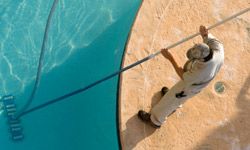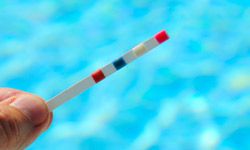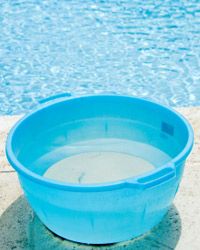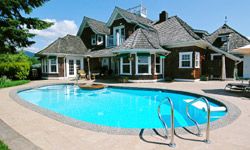Keeping your swimming pool water clean doesn't have to be as cumbersome as you might think. All pools are different, and so are their maintenance needs. But If you put the time in, you can learn how to clean a pool the right way.
All pools share at least one commonality: The secret to their health is regular, routine pool maintenance.
Advertisement
If you choose to handle common problems like murky water or broken pumps on your own, make sure to always consult manufacturers' manuals before fixing or using equipment. No matter if you rely on a service company to take care of your pool, you still need to do a few things on your own to ensure your pool stays in good condition for years.





